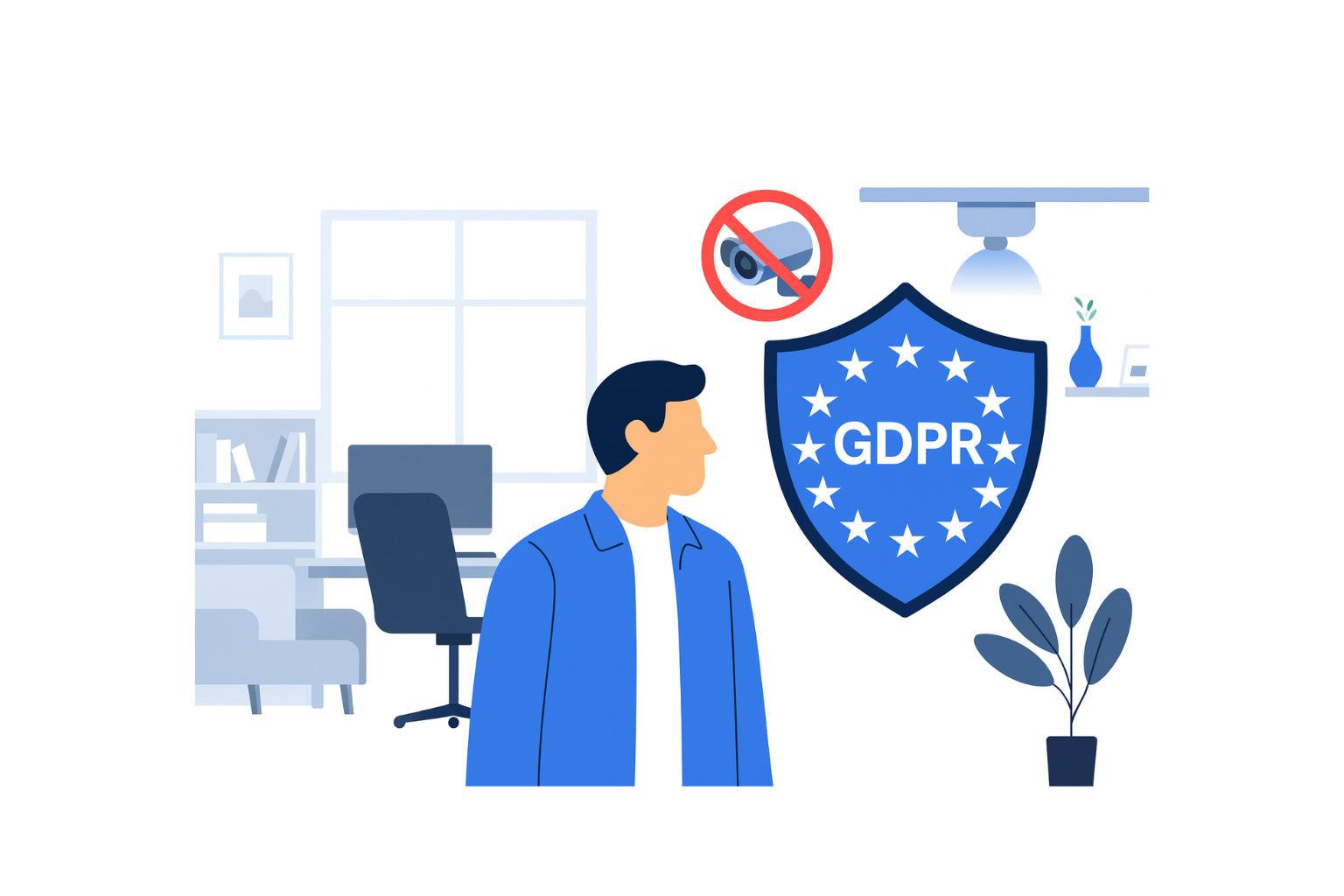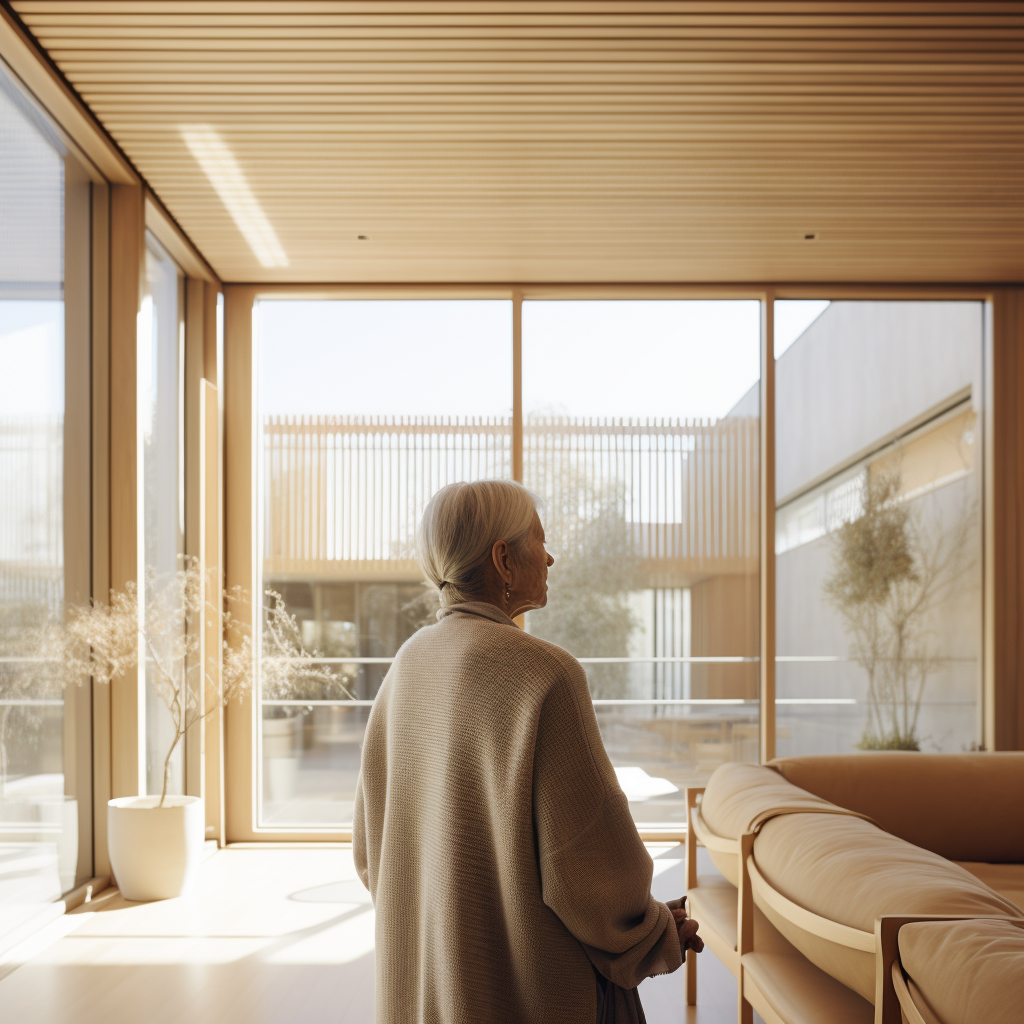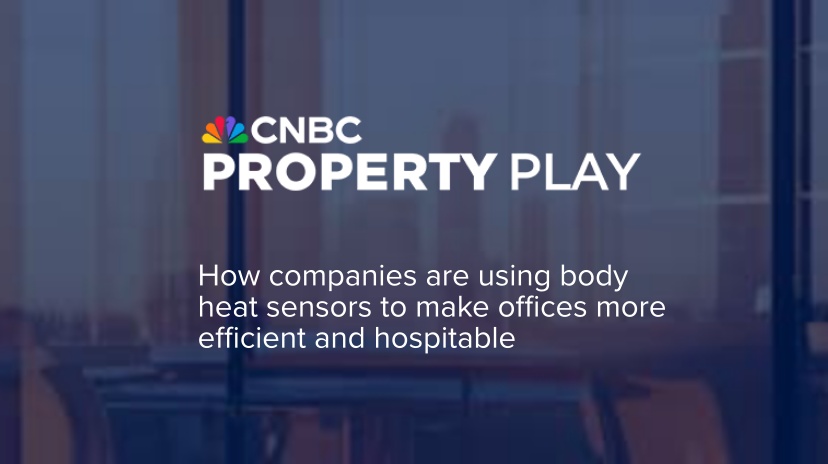AI Fall Prevention for Senior Living
Introduction
Falls are one of the most common and serious threats to the well-being of older adults in senior living communities. As the sector evolves, artificial intelligence (AI) is reshaping fall prevention—from simply reacting after a fall, to proactively predicting and preventing falls before they happen. Modern AI solutions empower care teams, enhance resident safety, and improve operational efficiency across the senior living spectrum.
What Is AI Fall Prevention?
AI fall prevention integrates smart sensors, machine learning, predictive analytics, and data-driven insights to:
- Continuously monitor resident movement and behavior.
- Analyze patterns and detect risk factors for falls in real-time.
- Provide immediate alerts to caregivers, enabling rapid intervention.
- Personalize fall prevention plans based on resident-specific data and trends.
These systems go beyond traditional “panic button” alerts, leveraging advanced technology that often requires no action from the resident.
How AI Fall Prevention Works
- Non-intrusive Sensors: Wearables, vision sensors, or radar devices monitor rooms and common areas for patterns associated with fall risk.
- Computer Vision and Analytics: AI analyzes gait, speed, and movement, recognizing unsafe behaviors or environmental hazards.
- Predictive Risk Alerts: Algorithms flag subtle changes (e.g., altered walking, frequent bathroom visits) that suggest increasing fall risk, prompting earlier staff action.
- Real-Time Incident Detection: When a fall occurs, AI-triggered alerts call caregivers to the scene, often within seconds, minimizing time on the floor and preventing complications.
- Data Dashboard: Cloud analytics compile incident data; leadership reviews trends and root causes to continually improve safety protocols and customize care plans.
Leading AI Fall Prevention Technologies in Senior Living
- SafelyYou: AI-powered video monitoring detects and records falls, delivering up to a 40% decrease in falls and 80% fewer ER visits for fall-related injuries. The system includes post-event analysis for staff to enhance preventive care.
- AUGi by Inspiren: Wall-mounted AI sensors analyze resident movement, sleep, and activity, alerting care teams at the first sign of instability and reducing falls up to 64% in some communities.
- KamiCare: Edge-based computer vision verifies falls in real time and can drop emergency response times by 90%, dramatically decreasing injuries and ER transfers.
- Exer AI: Uses an iPad or tablet’s camera to assess balance and gait at scale, allowing staff to identify and address mobility issues before a fall occurs.
- Vayyar: Radar-based, camera-free sensors monitor shape and movement, ensuring privacy and 24/7 passive protection, as well as continuous analytics for staff.
Benefits of AI Fall Prevention in Senior Living
- Reduces Falls and Injuries: Studies show fall rates decrease by 40–74% and ER visits drop significantly in communities deploying AI solutions.
- Enables Rapid Response: AI alerts notify staff of a fall or elevated risk within seconds for faster intervention and reduced injury severity.
- Personalizes Care: Data-driven insights enable individualized fall prevention plans and adjust interventions based on ongoing risk assessment.
- Supports Resident Independence: Non-intrusive monitoring allows residents to retain their autonomy, while remaining safe.
- Improves Operational Efficiency: Automated monitoring and reporting free up staff time and resources, driving down costs and caregiver burden.
Real-World Impact: Case Examples
- A senior community using KamiCare reported a 74% decrease in falls per month and nearly 19% fewer ER transfers within six months.
- Sonida Senior Living communities using SafelyYou achieved a 54% reduction in severe falls, with ER visits from falls down to just 3% of incidents.
- AI systems like AUGi shortened staff response time from 45 minutes to just four, maximizing outcomes and peace of mind for families.
Implementation and Best Practices
- Balance Privacy and Safety: Opt for ambient sensors or radar technology in private areas.
- Comprehensive Staff Training: Educate teams to interpret AI alerts and intervene confidently.
- Integrated Protocols: Combine AI solutions with existing fall prevention programs for maximum effect.
- Ongoing Review: Regularly analyze incident data and adjust protocols based on trends and outcomes.
- Family and Resident Education: Explain how AI tools work and their benefits to foster trust and transparency.
Challenges and Future Trends
- Privacy Concerns: Choose solutions that minimize use of cameras or adopt anonymized monitoring.
- Cost and Scalability: Early investment is offset by long-term cost savings from fewer injuries and litigation.
- Growing Integration: Expect tighter links with electronic health records, smarter predictive capabilities, and more voice-activated or touchless operation in future offerings.
Conclusion
AI fall prevention is ushering in a new standard of safety, dignity, and independence in senior living. By combining predictive analytics, continuous monitoring, and personalized interventions, AI-driven systems help communities reduce falls, respond rapidly, and deliver care that adapts to each resident’s evolving needs. The result: safer, smarter, and more compassionate senior living environments for both residents and caregivers.
FAQs
1. How effective are AI fall prevention systems in senior living?
Senior living communities using AI often report 40–74% fewer falls and substantially fewer ER visits after implementation.
2. Are AI systems for fall prevention privacy-friendly?
Yes, many use radar or ambient sensors rather than cameras, balancing robust monitoring with resident privacy.
3. Can AI really predict falls before they happen?
AI analyzes movement and behavioral trends in real-time, alerting staff to heightened risk and enabling proactive intervention.
4. Is AI fall prevention expensive to implement?
Upfront costs are balanced by significant reductions in care costs, ER visits, liability, and operational inefficiency.
5. What should senior living communities look for in an AI fall prevention solution?
Reliable real-time alerts, proven fall-reduction results, privacy safeguards, integration with current workflows, and simple staff training are all essential for success.



.svg)
.svg)





.png)

.png)
.webp)

.png)
.jpeg)




























.png)



.png)






















